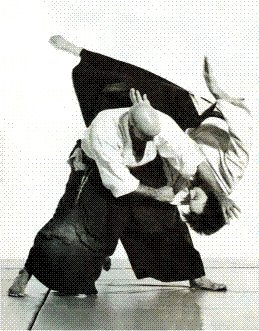Dojo Yaburi
Hayashi took what may seem to Westerner's as an insane approach to choosing the Dojo at which to study. He would walk into the Dojo and challenge the Sensei to a fight. This, of course, incensed any students present at the time and they would insist on a chance to teach the chap a lesson themselves before their beloved Sensei would reduce himself to accepting a challenge from an upstart.
This practice, some might say brave, others foolish, is actually a time honored tradition in Japanese and Okinawan cultures. It is known as Dojo Yaburi (challenge). While not practiced frequently these days, it was actually a common protocol when Hayashi was a young man. The way it worked was simple. The man that issued the challenge must first fight the lowest ranking man at the Dojo. If the challenger defeats the man then he is granted the right to fight the next lowest ranking man, and so on until the challenger is defeated or has himself defeated the Dojo's Senpai (number one student). Then and only then is he allowed to challenge the Sensei himself, but is usually given the right to choose time and place as a reward for his previous efforts.

 The Art of Aiki es la más completa fuente de información sobre el Aikido en Español. |
The Art of Aiki es la más completa fuente de información sobre el Aikido en Español. |